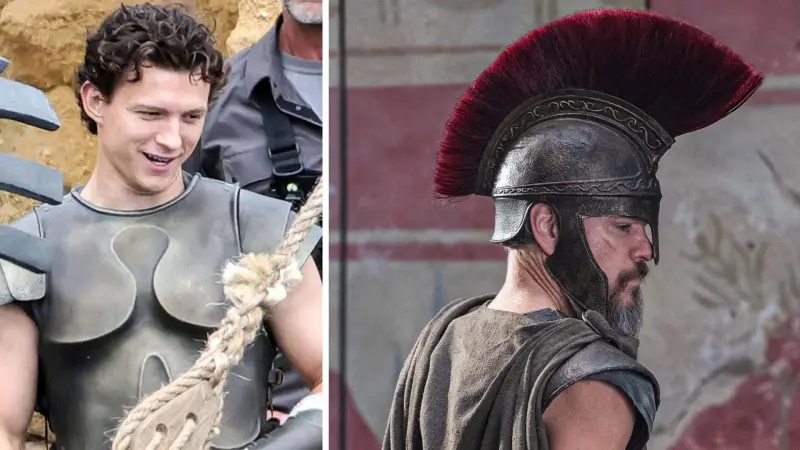Introduction
Mesopotamian civilization, one of the earliest cradles of human culture, developed a complex religious system deeply intertwined with astronomy. The pantheon of Mesopotamian deities was not only central to religious practice but also closely linked to celestial bodies. The correlation between gods and astronomical entities influenced religious rituals, agricultural cycles, and even governance. This article explores the alignments between Mesopotamian gods and the cosmos, analyzing their significance in ancient religious and scientific thought.
The Astral Gods: Deities and Their Celestial Counterparts
The Mesopotamians, particularly the Sumerians, Akkadians, Babylonians, and Assyrians, assigned celestial bodies to their deities, believing that divine forces governed both the heavens and earthly affairs. Some key deities and their celestial counterparts include:
Anu (Sky God) – The Celestial Dome
Anu, the supreme god of the heavens, was associated with the overarching sky. His presence symbolized the cosmic order and divine authority, often represented by the celestial sphere itself.
Enlil (God of Wind and Earth) – The Pole Star and Celestial Axis
Enlil, a powerful deity responsible for storms and governance, was sometimes linked with the pole star and the axis mundi, symbolizing stability and divine rulership.
Inanna/Ishtar (Goddess of Love and War) – Venus
One of the most significant astral associations, Inanna (later Ishtar in Akkadian tradition) was linked with the planet Venus. Her dual aspects of love and war mirrored Venus’s appearance as both the morning and evening star.
Sin (Moon God) – The Moon
Sin (or Nanna in Sumerian) was directly associated with the moon and played a crucial role in timekeeping, as Mesopotamian calendars were lunar-based.
Shamash (Sun God) – The Sun
Shamash (Utu in Sumerian) was linked to the sun, representing justice, truth, and illumination. His movements across the sky symbolized the passage of time and divine judgment.
Marduk (Chief Babylonian Deity) – Jupiter
The rise of Babylon saw Marduk’s ascension as the chief deity, and he was associated with Jupiter, a planet of kingship and divine authority.
Nergal (God of the Underworld) – Mars
Nergal, a god of destruction and plague, was linked to Mars, whose reddish hue evoked war and death.
Astronomical Alignments and Temples
Mesopotamian ziggurats and temples were often constructed with astronomical alignments in mind. Some examples include:
The Ziggurat of Ur: Dedicated to the moon god Sin, it aligned with lunar cycles and played a key role in religious ceremonies.
The Temple of Ishtar in Nineveh: Positioned to track Venus’s movements, reinforcing the goddess’s dual role in warfare and fertility.
The Esagila in Babylon: A temple to Marduk, its orientation was believed to correspond with Jupiter’s cycles.
Influence on Mesopotamian Science and Society
The linkage between gods and celestial bodies influenced various aspects of Mesopotamian life:
Timekeeping: Lunar and solar cycles dictated calendars, festivals, and agricultural planning.
Divination and Astrology: Priests (barû and āšipu) interpreted celestial events as divine omens, influencing political and military decisions.
Architectural Design: Alignments of temples and ziggurats reflected religious cosmology, ensuring harmony between earth and sky.
Conclusion
The Mesopotamian integration of deities with celestial phenomena illustrates an advanced understanding of astronomy intertwined with religious practice. These alignments not only shaped Mesopotamian cosmology but also laid foundational concepts for later astronomical and astrological traditions. By studying these associations, we gain deeper insight into how ancient civilizations perceived the cosmos and their place within it.







